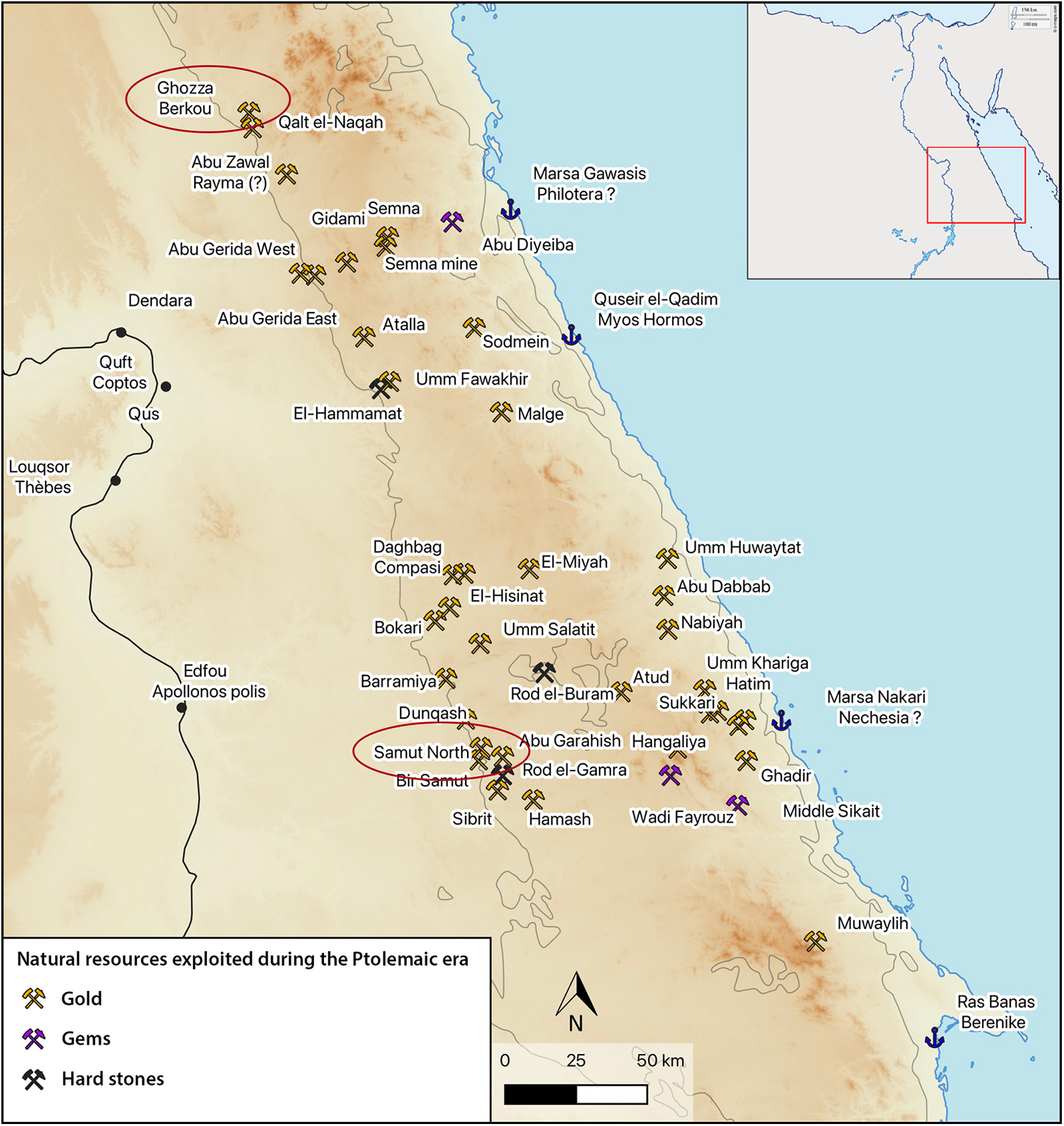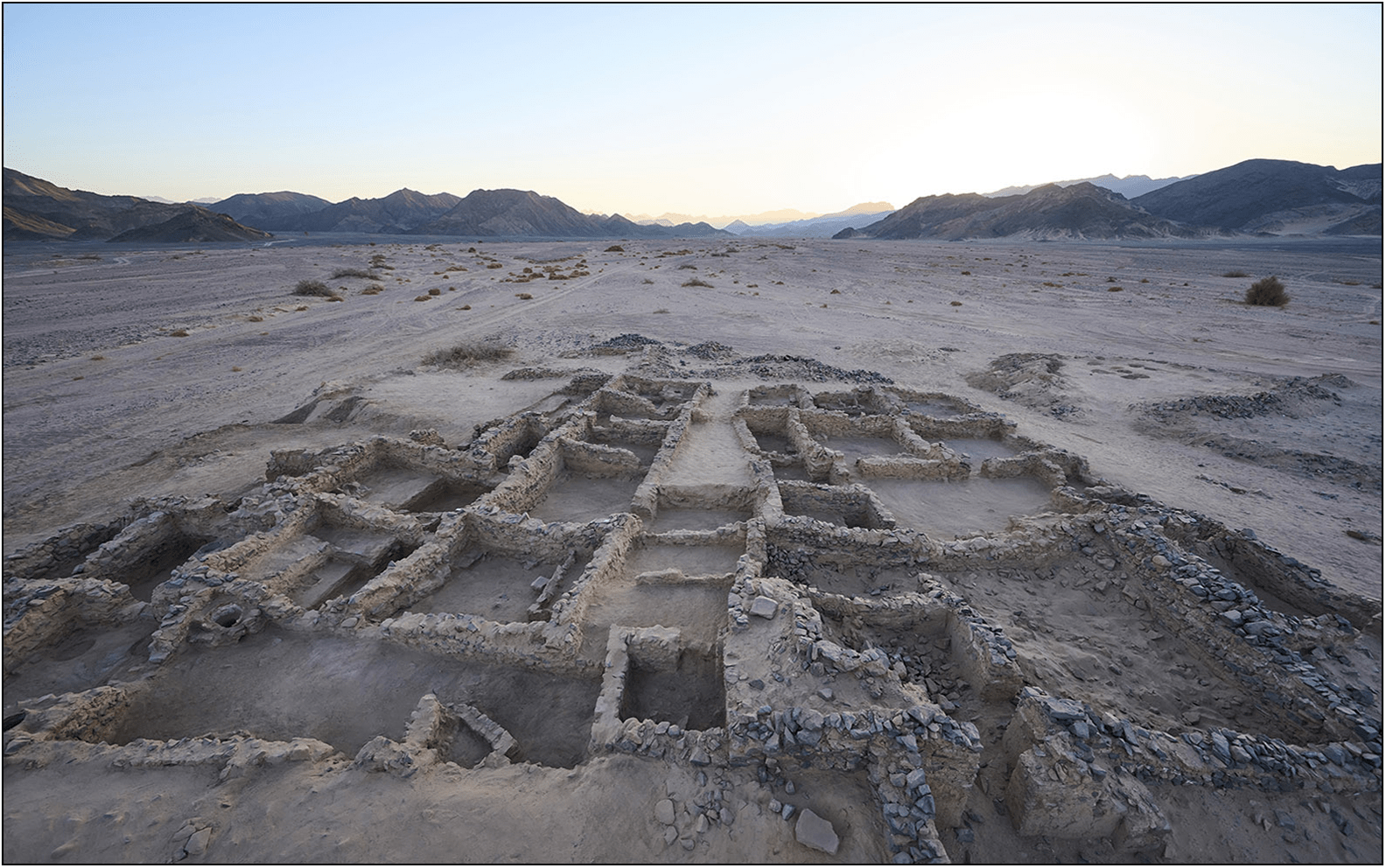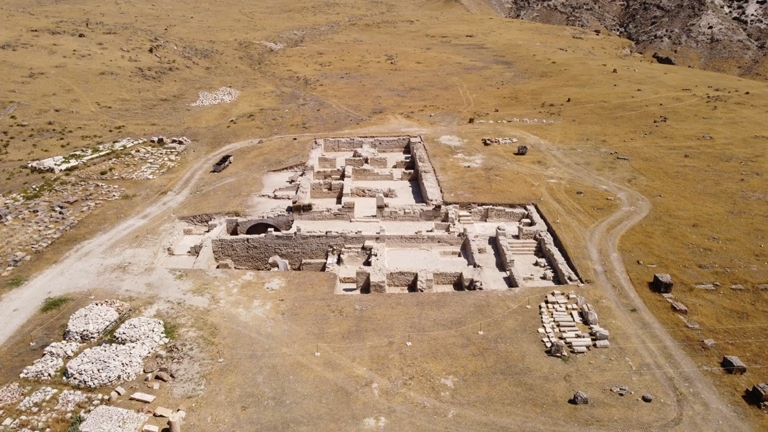Recent archaeological excavations in the Ghozza region of Egypt have uncovered shocking evidence that some workers in a Ptolemaic-era (3rd century BC) gold mine were enslaved. The iron shackles found at the excavation site highlight the prevalence of forced labor in gold mining during that period.
Led by historian Jean Pouilloux of the Laboratoire HiSoMA (Maison de l’Orient et de la Méditerranée) in France, the team states that the findings from the Ghozza excavations shed light on the dark side of gold mining in Ancient Egypt. In the research published in the journal Antiquity, Bérangère Redon emphasizes the history of Egypt’s rich gold mines and the significance of the shackles found in Ghozza as evidence of forced labor.
Gold and Forced Labor in the Ptolemaic Period
During the Ptolemaic period, which began with Alexander the Great’s conquest in 332 BC, Egypt’s gold mining experienced a golden age. The gold obtained became a vital resource for state projects and military campaigns. Excavations at Ghozza indicate that the mine went through two distinct settlement phases.

First Phase: Paid Workers and Relatively Comfortable Conditions
In the first settlement phase, a village was established for the mine workers. Structures such as houses, administrative buildings, and bathhouses suggest that workers were paid and lived in relatively comfortable conditions. Inscriptions on pottery shards found in the excavations also confirm this situation.
Second Phase: Slavery and Iron Shackles
However, the situation changed drastically in the second phase. While some workers continued to receive wages, others were subjected to forced labor. The heavy iron shackles found in a storage area two years ago symbolize the ruthlessness of this period. Researchers state that these shackles, attached to the workers’ ankles, restricted their movement and turned work into torture.

Historical Texts and Debates
Although historical texts mention forced labor, the identities of the shackled workers are still a matter of debate. Whether they were prisoners of war, criminals, or slaves is not definitively known. However, the presence of iron shackles indicates that inhumane practices were widespread during that period.
Significance of the Discovery and Future Research
This discovery provides important information about slavery and forced labor practices in Ancient Egypt. It raises new questions about the organization of gold mining and the working conditions in the Ptolemaic period. Researchers aim to continue excavations to uncover more information about this era and shed light on the dark aspects of history.
Bérangère Redon, Iron shackles from the Ptolemaic gold mines of Ghozza (Egypt, Eastern Desert), Antiquity (2025). DOI: 10.15184/aqy.2025.39





